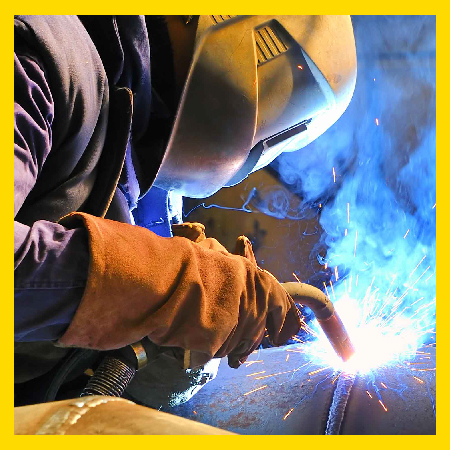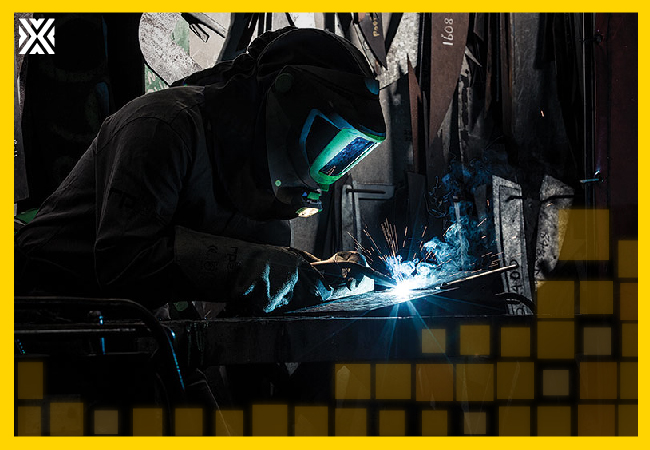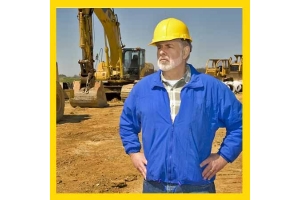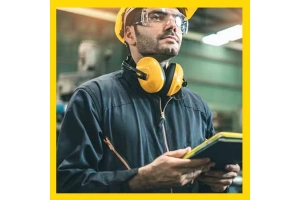Currency
December 27, 2018

The International Agency for Research on Cancer’s (IARC) re-classification of welding fume from welding as a Class 1 carcinogen has emphasized the very real health risks welders face on the job. Previously classified as “possibly carcinogenic to humans,” welders should take every precaution possible to protect their health, even if the risk is not visible.

The exact composition of welding fume varies based on the application and welding method being used. There are two main components:
Metal dust particles caused by welding are so fine (approximately 0.0001mm) and highly concentrated they appear like smoke, creating a high risk of inhalation. This dust can be made up of a number of toxic metals, including aluminum, antimony, arsenic, beryllium, cadmium, chromium, cobalt, iron, lead, manganese, molybdenum, nickel, silver, tin, titanium, vanadium and zinc.
The fusion of metals produces a number of potentially toxic gases. These include argon, carbon dioxide, carbon monoxide, helium, hydrogen fluoride, iron oxide, nitric acid, nitrogen, nitrogen dioxide, ozone, and phosgene.
Inhalation can cause serious lung complications and diseases, as well as damage the brain and nervous system. Common complications caused by exposure to welding fume include various cancers; emphysema; kidney failure; lead poisoning and anemia; Parkinson’s Disease; metal fume fever; irritation of nose, sinus, throat and lungs; and asthma.
Many toxic gases and fumes can have a cumulative effect on health without warning.
Simple steps can minimize exposure:
Wear a respirator.
Don’t stand in before air flow pushing fumes away from your workspace.
Position your face as far from fumes as possible.
Use a small cooling fan if no air flow moves fumes from your workspace,.
Use any provided ventilation systems.
When possible, remove any coatings and paint from the metal prior to welding. This will avoid production of other toxic gases that may be produced under fusion of those coatings.
If welding in confined spaces with no extraction ventilation system or if welding fumes cannot be avoided, wear a respirator with good filtration.
To eliminate the possibility of inhaling welding fume, there are two main ways of supplying air to a respirator:
A powered air purifying respirator (PAPR) is a battery-powered filter unit that mounts on a belt and supplies air to your respirator. If welding in a large, open space with no air flow, this is a good option because it is fully portable. As it’s positioned on your back, a PAPR does not draw air from the fume zone.
A supplied air system uses a compressor outside the work zone to draw air through a larger filter to your helmet via an air supply hose and flow control valve. When welding in a confined space, it is paramount to use this system.
Both systems filter particulates, not gases. It’s important the air going to the respirator is of a quality that meets the regulation set in the user manual. Always be aware of the quality of air being supplied to your respirator. Gas detection devices monitor air quality and alert you to unsafe levels of dangerous gases.

What is welding fume?
The exact composition of welding fume varies based on the application and welding method being used. There are two main components:
Why is welding fume dangerous?
Inhalation can cause serious lung complications and diseases, as well as damage the brain and nervous system. Common complications caused by exposure to welding fume include various cancers; emphysema; kidney failure; lead poisoning and anemia; Parkinson’s Disease; metal fume fever; irritation of nose, sinus, throat and lungs; and asthma.
Many toxic gases and fumes can have a cumulative effect on health without warning.
How can welders protect themselves?
Simple steps can minimize exposure:
Choosing a welding respirator
To eliminate the possibility of inhaling welding fume, there are two main ways of supplying air to a respirator:
Both systems filter particulates, not gases. It’s important the air going to the respirator is of a quality that meets the regulation set in the user manual. Always be aware of the quality of air being supplied to your respirator. Gas detection devices monitor air quality and alert you to unsafe levels of dangerous gases.









